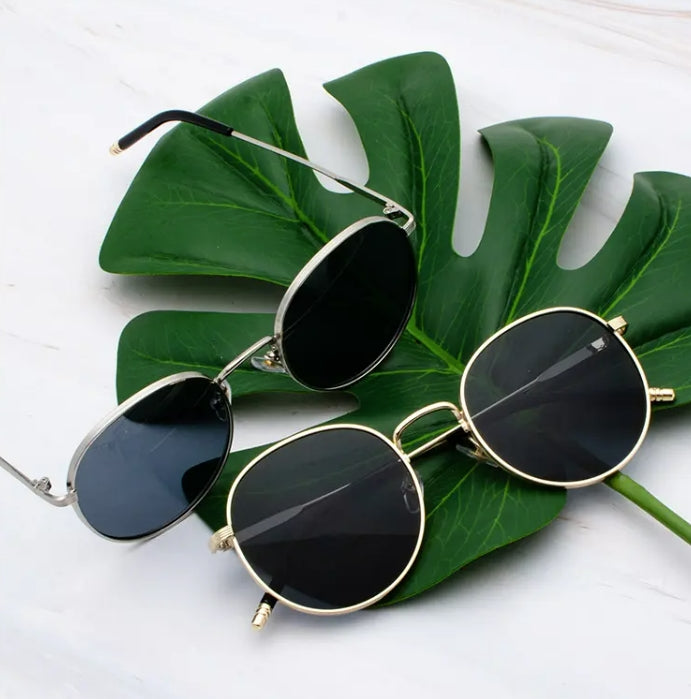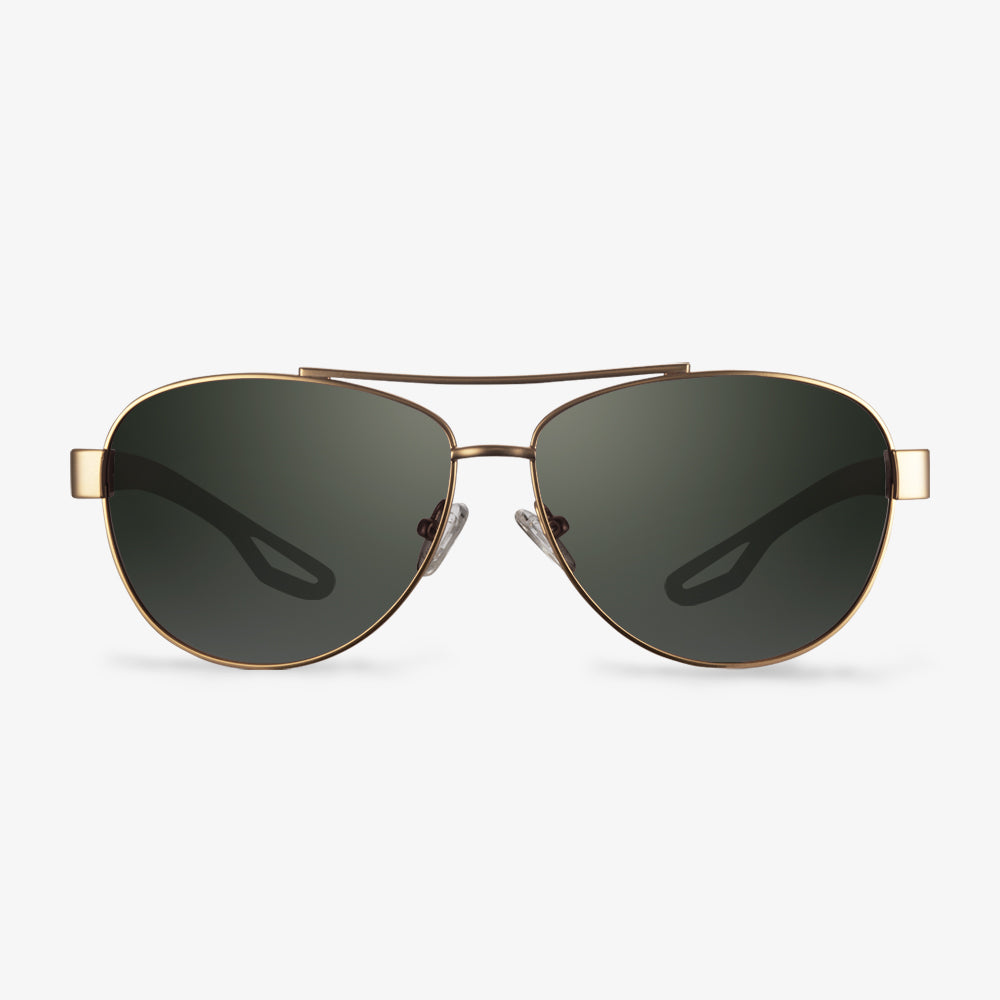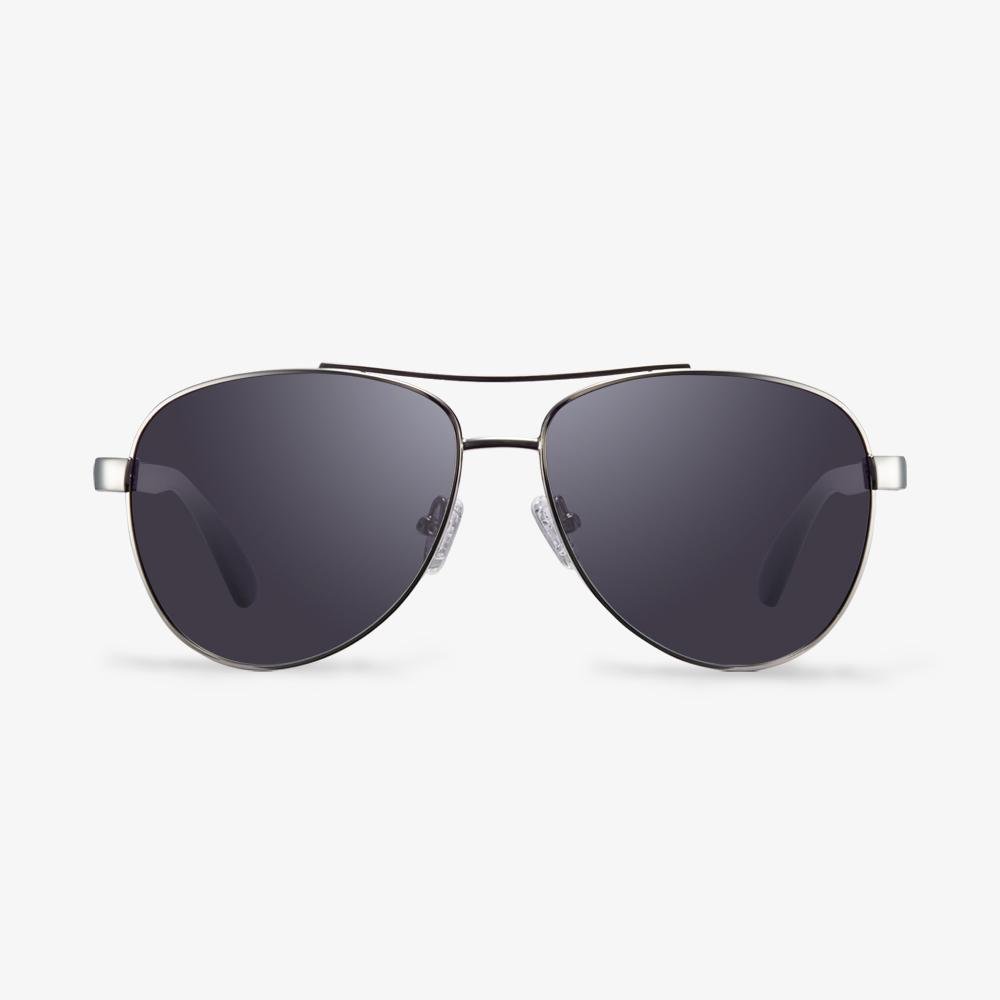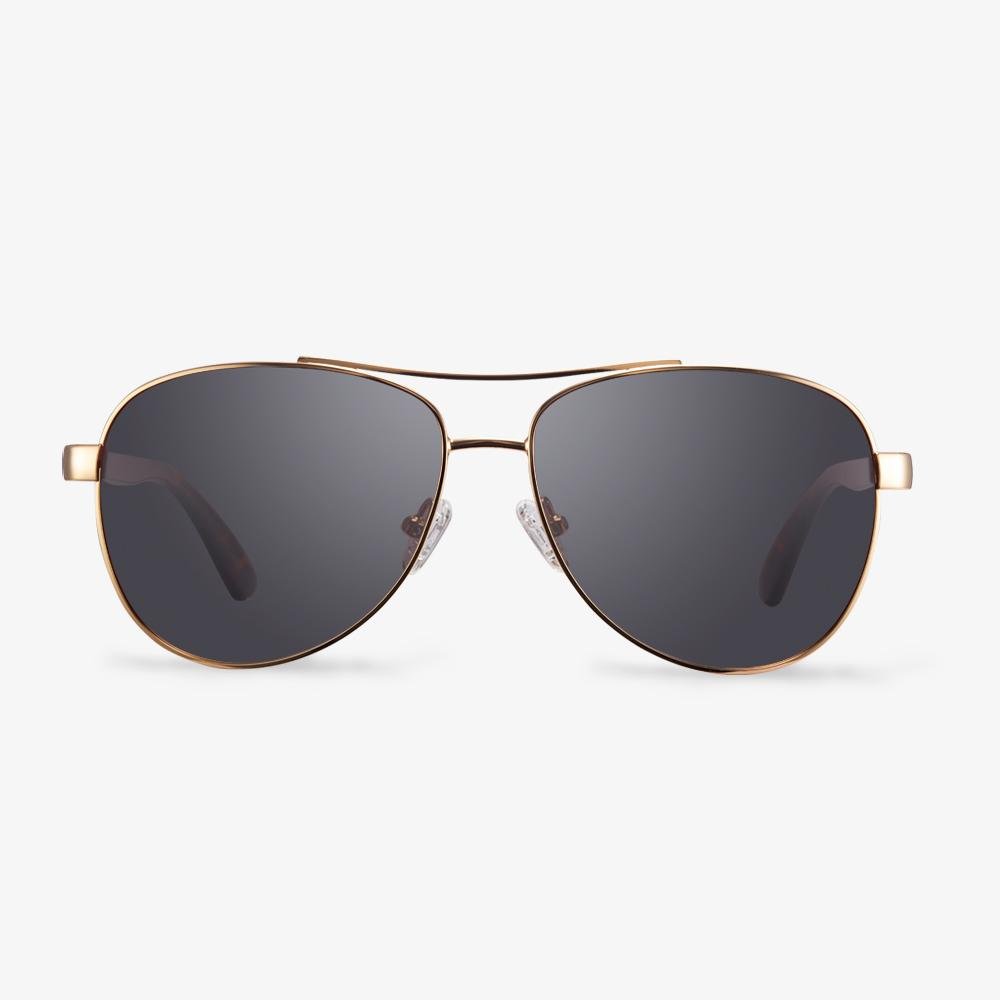Whether poor quality sunglasses will cause damage to your eyes, I think the answer is yes. Pool quality sunglasses cannot effectively block light radiation. We know that the radiation that causes damage to the human eye is mainly near ultraviolet rays, excessively strong visible light and near infrared rays. Sunglasses have a certain blocking rate for light, which makes the pupils of people dilated (dark light) when wearing glasses, and is more likely to be damaged by harmful radiation such as ultraviolet rays.
1. The damage of ultraviolet rays to human eyes
Ultraviolet radiation can cause damage to the cornea, conjunctiva, lens, and retina. Chronic ultraviolet radiation is one of the main risk factors leading to pterygium, cleft cataract, and age-related macular degeneration. Acute ultraviolet radiation exposure can easily cause corneal epithelial necrosis and shedding, which usually heals within 24 to 48 hours.
2. Visible light damage to human eyes
The cornea, aqueous humor, and vitreous are transparent to most visible light radiation, which is absorbed by retinal photoreceptor cells to produce photochemical reactions and nerve signal transduction, ultimately producing vision. Due to adaptations during evolution, normal levels of visible light generally do not damage the human eye.
Visible light (derived from sunlight or artificial light source) radiation with too high intensity and too long time is focused on the retina, which can easily lead to retinal photodamage. Solar retinopathy, also known as solar eclipse blindness, is caused by lack of necessary eye protection when staring directly at the sun or a solar eclipse with the naked eye. After solar retinopathy occurs, the affected eye will have a dense central scotoma, decreased vision, color vision disturbance, and metamorphopsia.
Visible light damage includes thermal effects and photochemical damage. The heat effect is mostly concentrated in the region near the infrared rays with longer wavelengths, and the energy is absorbed by photoreceptor cells, retinal pigment epithelial cells and choroid. Both long-wave and short-wave radiation can cause photochemical reactions, with short-wave energy being higher, such as blue light. Some studies have shown that blue-violet light with a wavelength of 415-455nm is a possible risk factor for retinal photodamage. Studies have reported that there are differences in the incidence of abnormal fundus autofluorescence and age-related macular degeneration between the two groups implanted with blue-light-blocking yellow-type intraocular lenses and clear intraocular lenses after two years. However, the vast majority of epidemiological studies have shown that ambient light radiation and cataract surgery are not major risk factors for the progression of age-related macular degeneration. Implantation of blue light-blocking intraocular lenses after cataract surgery to prevent and control age-related macular degeneration currently lacks sufficient evidence-based medical evidence.
Blue light blocking will affect the contrast in light and dark environments and the sensitivity to shortwave in dark environments, and blue light blocking does not reduce the impact of disability glare. Blue-green light with a wavelength above 455nm is involved in the regulation of circadian rhythms (controlling sleep/wake cycles, calming emotions, improving memory and regulating body temperature, etc.). Therefore, in general daily life, whether blue light blocking lenses are suitable for long-term wear remains to be further studied. When exposed to outdoor sunlight and artificial light sources with excessive blue light for a long time, such as using mobile phones, tablet computers, computers, etc. for a long time, considering the possible chronic retinal photodamage of blue-violet light, you can try to use 415~455nm range of blue-violet radiation for protection.
3. Infrared damage to human eyes
Infrared radiation from sunlight usually does not cause retinal damage. But artificial infrared sources, such as carbon, tungsten, xenon arc lamps, flood lights, and some laser sources produce much higher levels of infrared radiation than sunlight. Under high-intensity infrared radiation, it can cause thermal damage of tissue protein denaturation and cell death. Infrared heat damages quickly, causing corneal protein coagulation, iris depigmentation, lens capsule epithelial shedding, protein coagulation, cataract and retinal burns. Occupations that are more damaged by infrared radiation, such as glass workers and steel workers, etc.
We wear sunglasses mainly to block strong light and block ultraviolet rays. Facing the variety of sunglasses on the market, how should we choose?
The selection of sunglasses must first ensure safety
1. The lenses must be UV-resistant. Because sunglasses reduce the light intensity, the pupil will enlarge. If the lens cannot prevent ultraviolet rays, more ultraviolet rays will enter the eyes and cause greater damage to the eyes. Regular brands of sunglasses generally have this function, but it is difficult to identify some low-quality sunglasses of miscellaneous brands, so you must not buy some irregular sunglasses for cheap.
At the same time, ultraviolet rays are the focus of protection for sunglasses because of their short wavelengths and high energy. UV protection is divided into:
1) Below short wavelength UV380;
2) Long wavelength UV400 or less.
The protection below UV400 is more adequate, covering the protection against UV380. High-end spectrometers can perform quantitative testing of this function, and the Ophthalmology Department of Tongren Hospital can provide quantitative testing services, which are not available in general optical shops.
2. Lenses for people with normal vision must have no prescription. For people with normal vision, when choosing sunglasses, be sure to choose lenses without degrees. Otherwise, it will cause visual fatigue and damage eye health. This can be checked with a spectrometer. People with myopia can also be equipped with a pair of photochromic mirrors (with degrees), and of course diopter sunglasses.
3. There is no abnormal distortion of the lens. Sunglasses are more likely to do this than normal spectacle lenses. There are special equipment for testing, which cannot be tested in ordinary optical shops. So if you feel dizzy immediately after wearing a pair of sunglasses, then don't buy it. Low-end sunglasses have a higher chance of this happening.
4. The color of the object is not distorted. Especially when looking at traffic lights without distortion, you can take it for a test when you buy it.
There are three main functions of sunglasses selection
There are three main types of protection in sunglasses: tinting, discoloration, and polarization.
1. Dyed sunglasses: It can reduce the light transmittance, and at the same time, the dyed color can be fashionable, so it is the most basic method, and it is also the favorite method of young people. This kind of lens is generally cheaper, and it can also be used on spectacle lenses with prescriptions, and the additional cost is not high.
2.Photochromic lenses sunglasses: use a pair of lenses, do not need to be replaced indoors and outdoors, and can be used on spectacle lenses with prescriptions. This is the future trend, and the price is relatively high. It is also the choice of high-end people, but it is not suitable for the elderly, because Can reduce recognition of indoor objects, especially in cataract patients. It can be recommended to people in their 40s who are in the prime of life. Of course, the premise is that there is a need for frequent indoor and outdoor work.
3. Polarized sunglasses: they are relatively cost-effective sunglasses. Through the filtering of polarized light, the intensity of stray light is reduced, and things are relatively less dazzling, with clear vision, mature technology, and prices ranging from low to high. Is the regular professional first choice.
Kind tips:
1. Buy polarized sunglasses if there is no suggestion of degree.
2. Young people with degrees are recommended to buy color-changing sunglasses, which can customize the degree.
3. The situation of elderly people with prescriptions is a bit more complicated: without polarized sunglasses, they will not see clearly, and with color-changing sunglasses, they will feel dark indoors. The easiest way is to buy an additional lens on the outside of the existing spectacle lens and add it when using It's okay to go up, but the grade is not high. The latest ones have additional polarizing lenses, but are more expensive. At present, we are doing relevant research on the needs of people in this area.






































